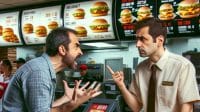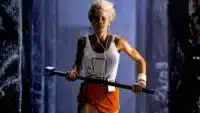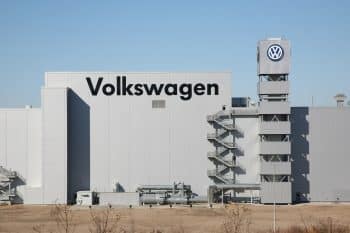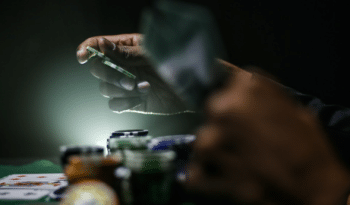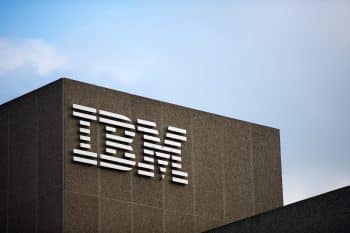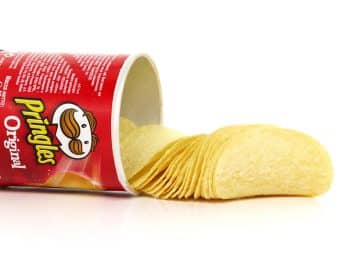Home » US business news » McDonald’s was a hot dog stand and Bubble Wrap was meant to be wallpaper – Amazing facts about well-known businesses
McDonald’s was a hot dog stand and Bubble Wrap was meant to be wallpaper – Amazing facts about well-known businesses
https://www.whatjobs.com/news/usa/us-business-news/mcdonalds-was-a-hot-dog-stand-and-bubble-wrap-was-meant-to-be-wallpaper-amazing-facts-about-well-known-businesses

By Hugh Fort in US business news, posted August 10, 2022
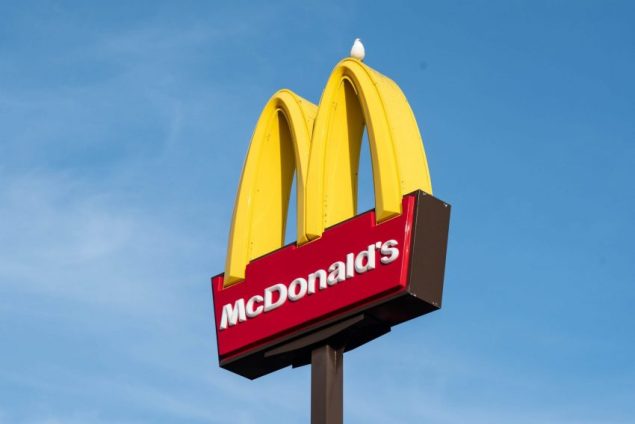
When business comes to mind, most of us think about the American Dream and working hard to produce an excellent product.
But most commonly, we think about money – the basis and goal of almost every business built.
However, we don't consider the role business has played in making our history.
READ MORE: STONE MONEY, KARAOKE, AND NAKED SAUNAS – 4 UNUSUAL BUSINESS PRACTICES FROM AROUND THE WORLD
History and business are inevitably interlaced, as major business players have chances to shape history, and developers have opportunities to benefit from historical events.
Here are eight historical business facts you probably didn’t know until now:
Bubble Wrap was intended to be wallpaper
Bubble Wrap has two purposes.
The first is to protect items being transported in boxes.
The second is for everyone to spend a few minutes enjoying popping the bubbles.
The amount of Bubble Wrap used by companies like Amazon is astonishing, as is contemplating the number of items that would arrive smashed to pieces without it.
But did you know it was never meant for that?
In fact, it was meant to be wallpaper.
It was invented in 1957 by Marc Chavannes and Al Fielding, in an attempt to make a textured plastic wallpaper.
Unsurprisingly, wallpaper you can damage by popping made from plastic wasn't a great success and the two had to find another way of using their invention.
The lightbulb moment came when Chavannes was on a plane in 1960.
He had thought that the plane acted as though it were “floating on bubbles" and realized what his invention could be used for.
Today, every single shipping business, online retailer, and retailer in the world relies on Bubble Wrap to help deliver products undamaged.
The way Bubble Wrap progressed and the backstory behind it acts as a testament to the power to spot an opportunity.
And, in another world, everyone could have bubble wrap on their walls as their delivery orders arrive in hundreds of little pieces.
Thomas Edison created Hollywood
Thomas Edison is known for being both a brilliant inventor and a ruthless businessman.
He invented a range of vital items still used today, including the lightbulb.
He also invented and held patents to movie cameras and projectors.
This essentially meant he was able to control the early movie industry .
The patents his company could command high royalty fees.
He also employed militant lawsuits to shut down any studio production he didn't like the idea of, and choose which theaters could show movies.
"Enforcers" were hired to police the use of the technology, which led to a lot of independent filmmakers to flee the East Coast to Southern California.
The great weather and film locations were one factor, but the main reason was that Edison's patents could not be enforced in the state.
This led to the creation of the Hollywood we know and love today.
This behavior makes Edison appear to be something of a tyrant, but actually not only did his inventions lead the way in establishing the film industry, but also his company was the first to set fees based on the quality of the film rather than how much it cost to make.
McDonald's started off selling hotdogs
The world-famous fast food giant started life in 1937 when Richard and Maurice McDonald set up a hot dog stand called "The Airdrome."
The business was relatively successful, but after moving to San Bernadino in 1940 and renaming as "McDonald's Barbecue" they were looking to expand further.
In 1948, they took a big risk and temporarily closed.
When they returned, the new menu comprised of hamburgers, fries and milkshakes.
As you can see, the move paid off.
They were able to open nine more restaurants and sell 21 franchises before they sold the whole business to a man called Ray Kroc.
Kroc is largely credited with turning McDonald's into the empire it is today, but the McDonald brothers are the ones who laid the foundations.
The business was sold for a massive $2.7 million in 1961, $26.7 million in today's money.
Looking for a new job? Find the WhatJobs Career Advice Center here
Facebook is blue because Mark Zuckerberg is colorblind
Facebook's blue logo is well-known to users around the world.
But it's design is actually linked to the convenience of its mega-rich owner Mark Zuckerberg.
According to the New Yorker, The CEO took an online test and learned he was red/green colorblind.
He said: “Blue is the richest color for me—I can see all of blue.”
Apple had a third founder who sold up before it hit the big-time
Ronald Wayne met Apple founder Steve Jobs in the mid-1970s and was included in a project with Steve Wozniak called "Apple Computers."
He worried about having to be liable for any debts the company would incur, and felt that if things went wrong, he was too old to start over, so in 1976 he sold a 10 percent stake for just $800 (plus an additional $1,500 later on).
Did this potentially disastrous decision have a huge affect on his life and leave him with a lifelong regret? Happily not.
Speaking to Business Insider in 2017, he said: “No-one could reign in Steve Jobs, I would’ve wound up the richest man in the cemetery.
“I knew that I was standing in the shadow of giants and that I would never have a project of my own.
“I would wind up in the documentation department, shuffling papers for the next 20 years of my life, and that’s not the future I saw for myself.”
“I never regretted taking my name off the contract.
“I’ve never been rich, but I’ve never been hungry either.”
Follow us on YouTube,Twitter,LinkedIn, and Facebook





